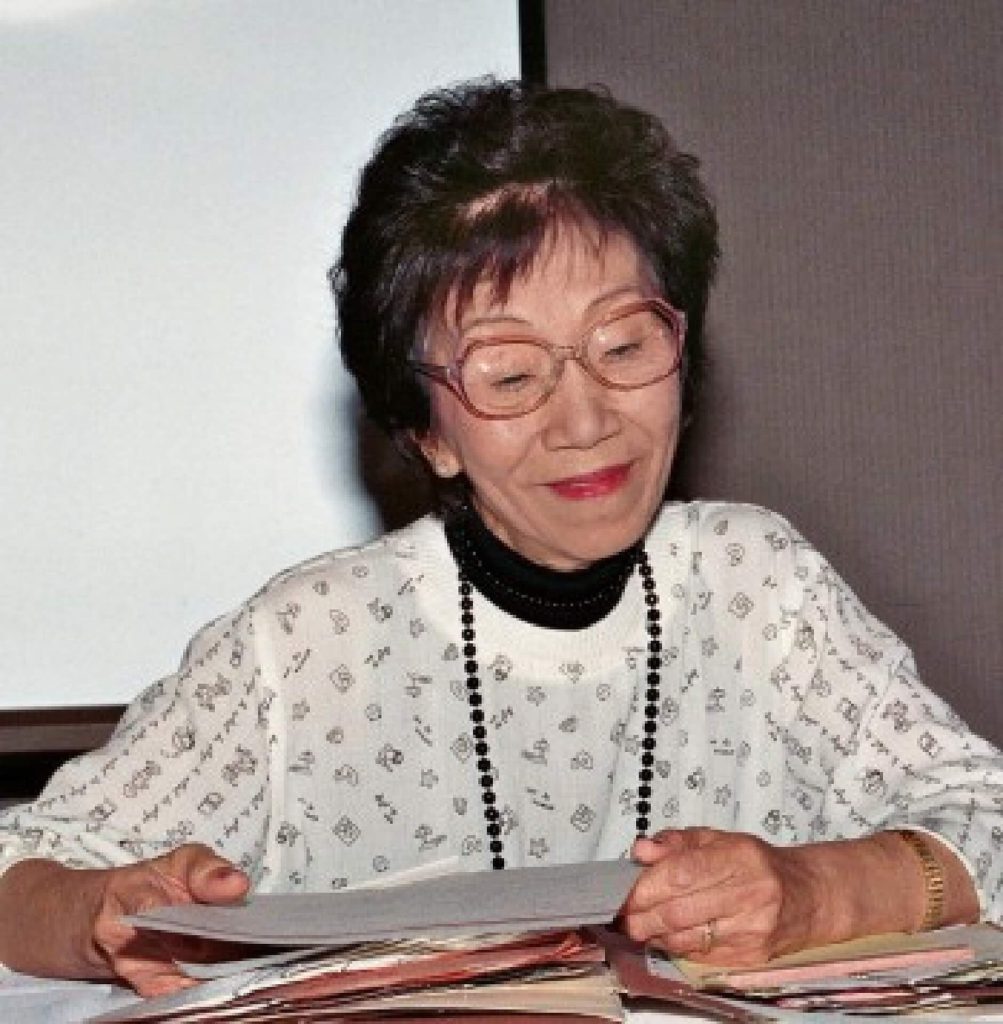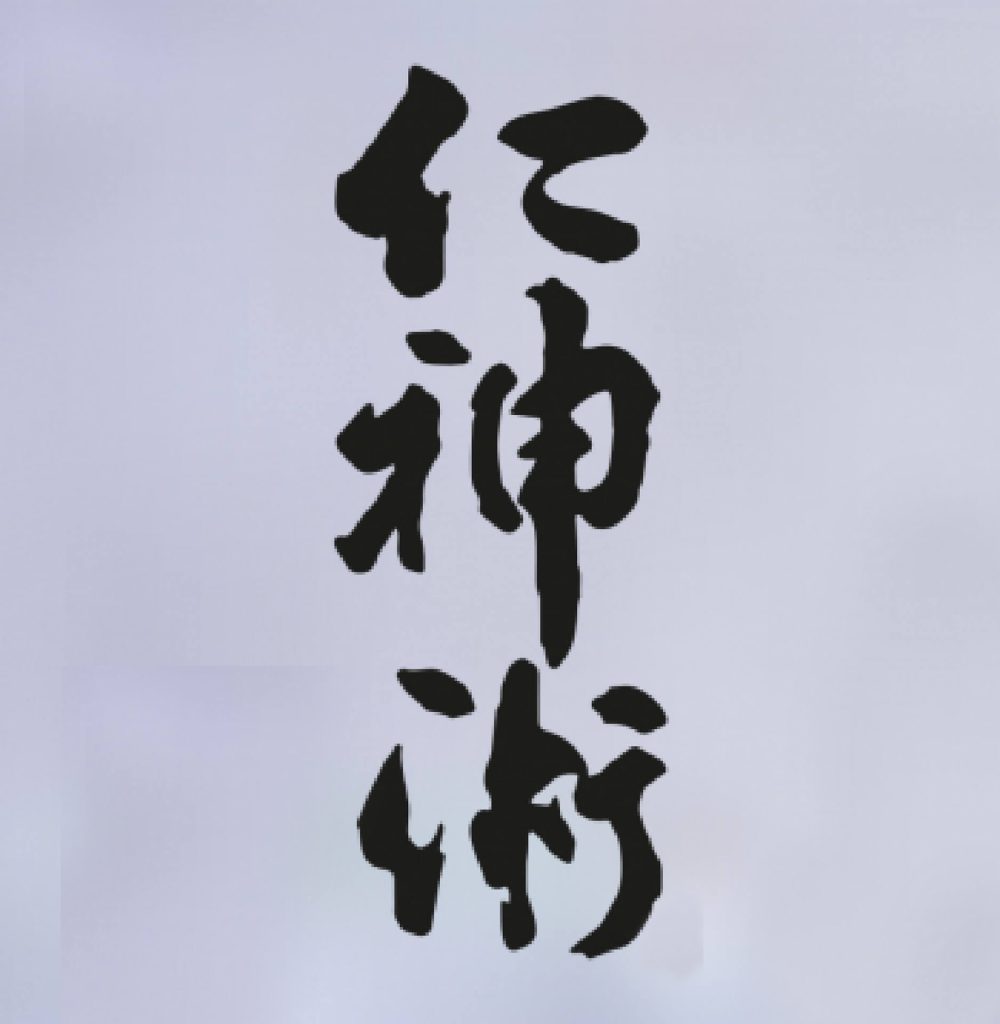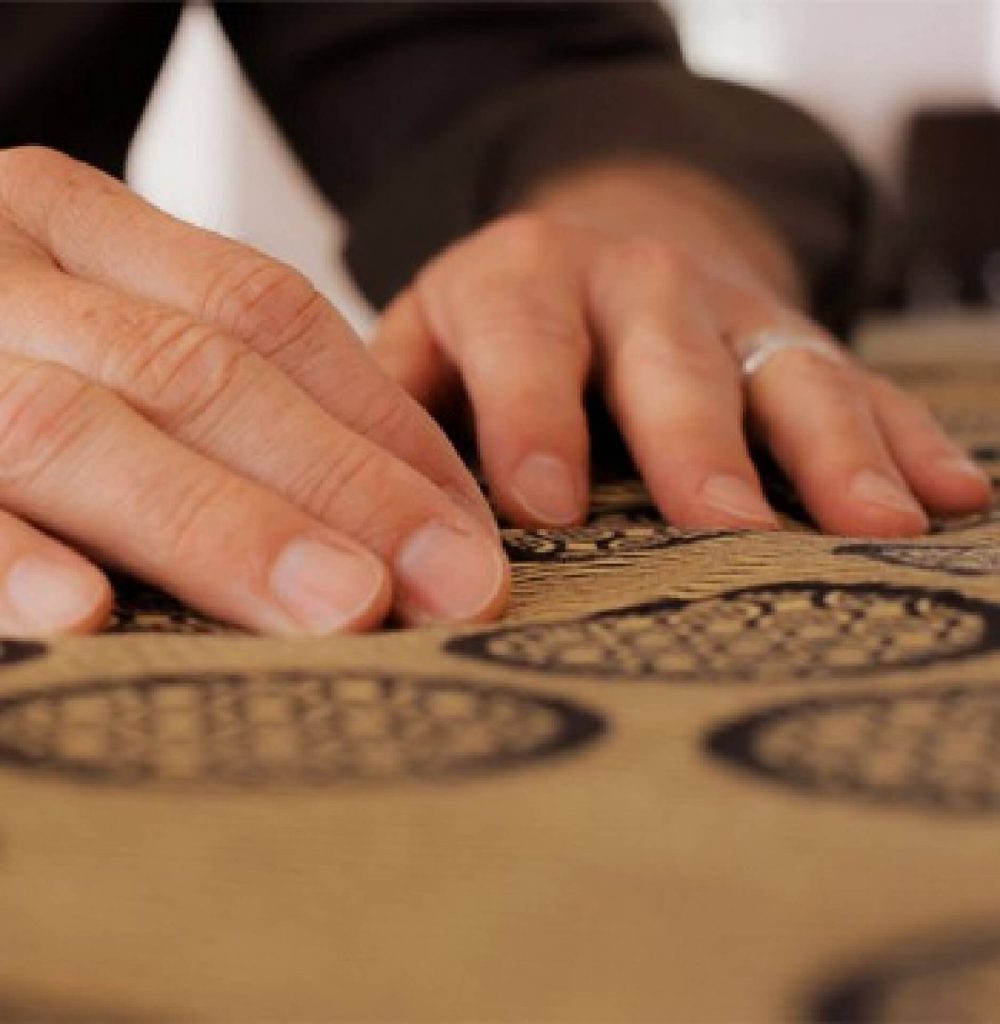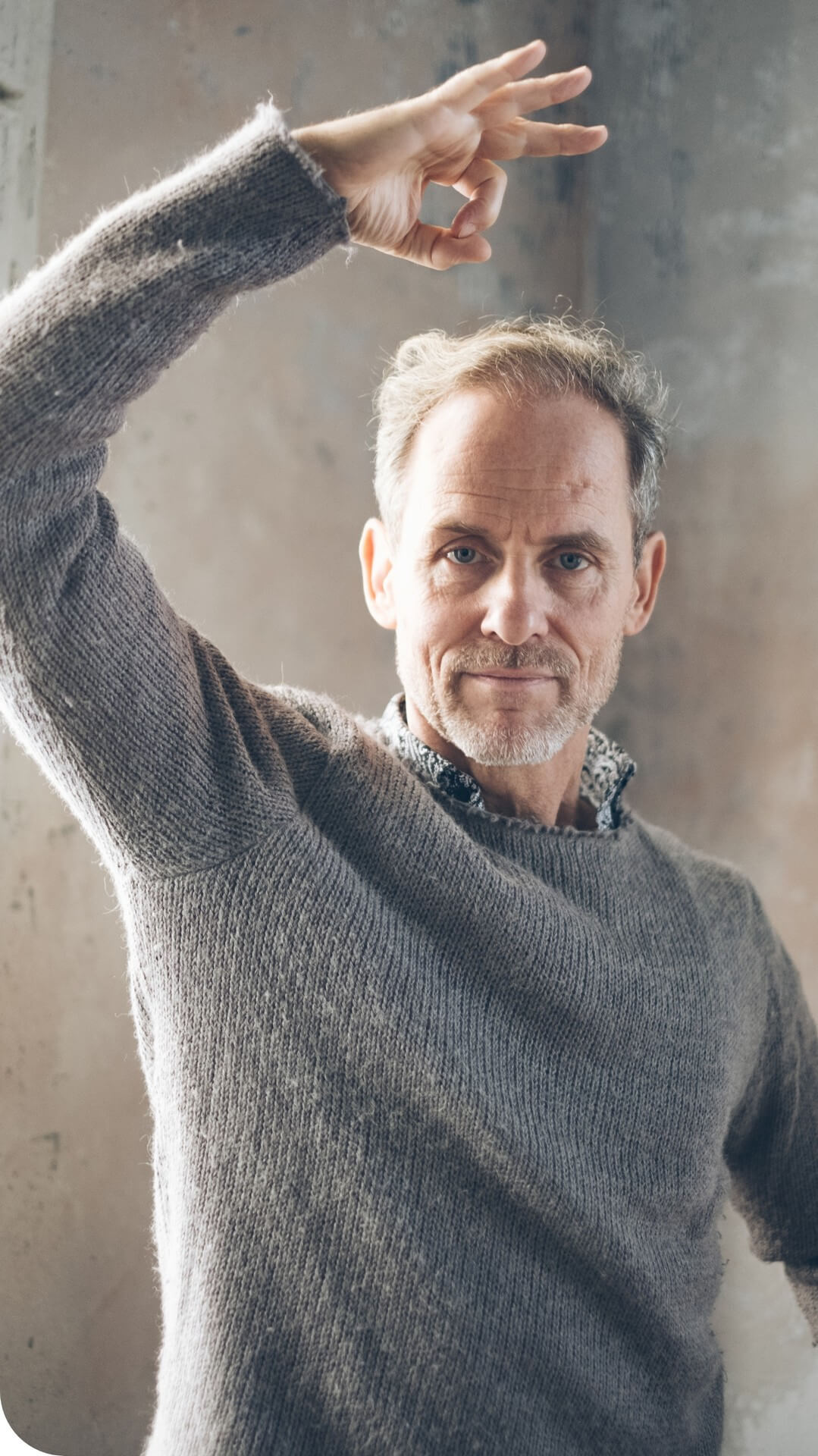jin shin jyutsu, Physio-philosophy
“Jin Shin Jyutsu touches the blueprint for the total being, and it bears the potential and promise to unfold this sketch into form. For this deployment we need the body or, to be precise, we need its sensory alertness. The body is the domain that anchors my being’s sensory interest in the world. Through it I experience who I am in this world, and what it is that wants to live through me. This is what I call Being in Movement.”
*From “Weaving”, the workbook for module 2 of my foundational training; not yet in print in English.
Jin Shin Jyutsu is, first of all, the name the Japanese master Jiro Murai chose to give to “that certain something” that allowed him to clear himself from a supposedly incurable illness. He was 26 years old, and the time was the beginning of the twentieth century. We are told that “he dedicated the remainder of his life to the research of this ancient art.” Having worked with no more than his own two hands and certain finger poses, he experienced something – a certain flow, a harmonizing – that seemed to him a timeless part of of our human makeup, and that reminded him of things that he had heard from times of old.
It is important to bear in mind, however, that neither the name that he himself gave the art – first using Japanese characters that, while already pronounced Jin Shin Jyutsu, merely meant “body-mind-art” – nor the method and its procedures are ancient. Rather, it is he personally who, over years of research and experimentation, gave it the form that is still taught today.
It is he who, after renaming the art a few times to reflect his deepening understanding and practice of it, eventually decided to revert to Jin Shin Jyutsu, now using different characters of subtler meaning, that might be translated as “Creators Art through knowing and compassionate Human Being”, although it must be said that in this context, “Creator” is a rather free, almost daring translation. “Shin” does not so much transport the motion of a primal Someone, but rather of a primal Something.
“The Art of Primal Aliveness through a knowing, compassionate Human Being” would be another possible approximation. Which takes us back to the ancient: It is an ancient occurrence that humans sense and feel that all they might need to experience total harmony lies within them; An ancient phenomenon that humans will use their hands to let an energy that they do not feel originates from them, flow through and help themselves and others; Ancient finally, to consider the state of harmony and unity that this gentle work with life energy can lead us to, as innate and ancestral.
Had he been a westerner, Jiro Murai might well have claimed he had “invented” or developed Jin Shin Jyutsu. It was much more in keeping with the asian tradition at least of his time, however, to defer to a lineage one sees oneself as standing in, emphasizing that what one is passing on has existed in times of old and has simply been forgotten. This is how Jiro Murai himself described it, too. To clarify this for our western understanding, however, we must clearly add that what Jiro Murai passed on to posterity is not something he had found in either written or oral tradition. Rather, his descriptions of the circulation of energy reflect what he experienced in his own body first, through fasting and meditation. The interpretation he gave of the Kojiki was also very mud his own reading of this ancient Japanese cosmogony.



- Jin Shin Jyutsu, « The Art to Know Myself, Help Myself » Mary Burmeister
- Jin Shin Jyutsu, En. « Human Being – Creator – Art »
Mary Burmeister became Jiro Murai’s student when they met at the end of the 1940s. Through her, Jin Shin Jyutsu arrived in the West after she returned to the United States in the 1950s and began teaching the art in the early 1960s. Thanks to the depth and inner strength of her teaching, the art soon spread to many countries the world over.
Learning Jin Shin Jyutsu leads one to self-inquiry and self-help. Through the process of “now know myself” we recognize the wisdom of the body, and we learn to interpret the messages provided and utilize them to restore balance. Jin Shin Jyutsu can be applied as self-help and also by a trained practitioner. Both utilize a light and conscious touch, applied over clothing to certain places on the body referred to as “safety energy locks”.
This aims to harmonize the basic information network of the body that asian traditions describe as energy flow. They see it as the basic blueprint for the body, but no less for a human being’s emotional and mental makeup. Jin Shin Jyutsu is used by many for the reduction of stress and tension that accumulate in everyday life, but also as an active contribution to the maintenance of health, harmony and wellbeing.
